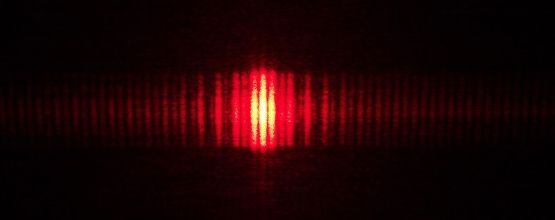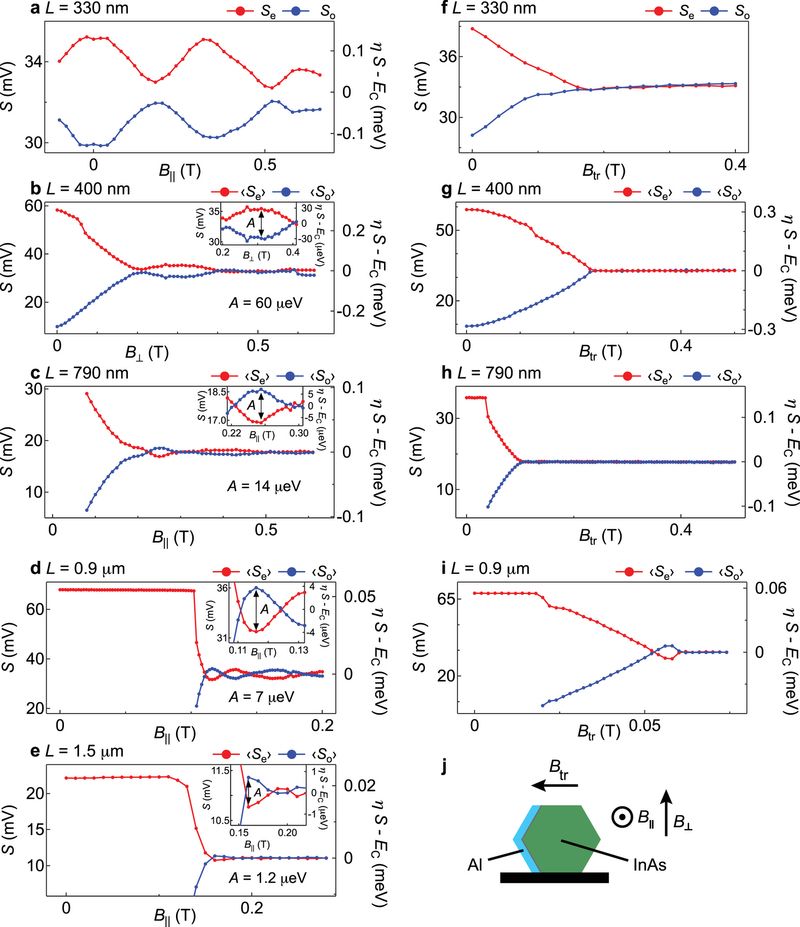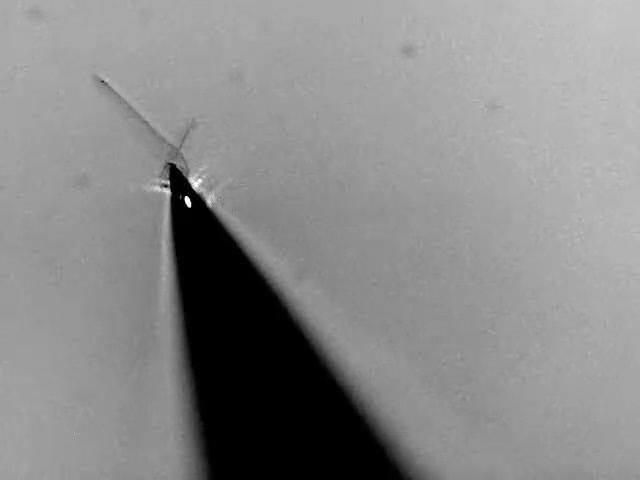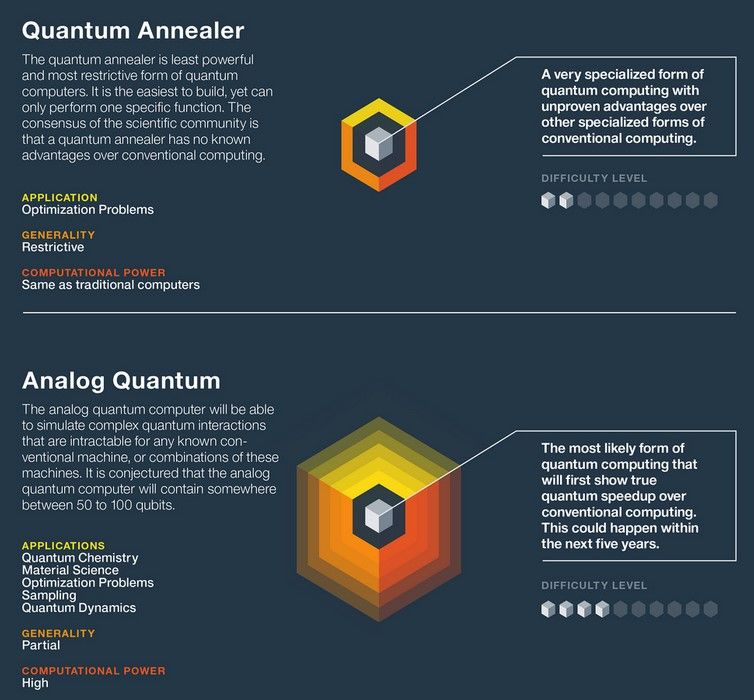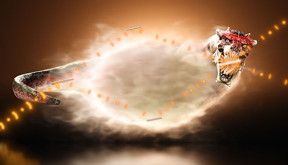Archive for the ‘particle physics’ category: Page 189
Mar 24, 2016
What Basket Weaving Teaches Us About Spin Liquids
Posted by Karen Hurst in category: particle physics
Atoms in spin liquids take the form of a kagome lattice structure, named after a Japanese basket weaving technique.
Mar 18, 2016
New Dark Matter Theory Weighs Superheavy Particle
Posted by Andreas Matt in categories: particle physics, space
Dark matter could be made of particles that each weigh almost as much as a human cell and are nearly dense enough to become miniature black holes, new research suggests.
While dark matter is thought to make up five-sixths of all matter in the universe, scientists don’t know what this strange stuff is made of. True to its name, dark matter is invisible — it does not emit, reflect or even block light. As a result, dark matter can currently be studied only through its gravitational effects on normal matter. The nature of dark matter is currently one of the greatest mysteries in science.
If dark matter is made of such superheavy particles, astronomers could detect evidence of them in the afterglow of the Big Bang, the authors of a new research study said. [Dark Matter Explained (Infographic)].
Continue reading “New Dark Matter Theory Weighs Superheavy Particle” »
Mar 17, 2016
Remarkable nanowires could let computers of the future grow their own chips
Posted by Karen Hurst in categories: computing, engineering, materials, mobile phones, nanotechnology, particle physics, robotics/AI
Now, we’re hitting Terminator mode with this.
If you’re worried that artificial intelligence will take over the world now that computers are powerful enough to outsmart humans at incredibly complex games, then you’re not going to like the idea that someday computers will be able to simply build their own chips without any help from humans. That’s not the case just yet, but researchers did come up with a way to grow metal wires at a molecular level.
At the same time, this is a remarkable innovation that paves the way for a future where computers are able to create high-end chip solutions just as a plant would grow leaves, rather than having humans develop computer chips using complicated nanoengineering techniques.
Continue reading “Remarkable nanowires could let computers of the future grow their own chips” »
Mar 16, 2016
Using machine learning to rationally design future electronics materials
Posted by Sean Brazell in categories: computing, information science, materials, particle physics, robotics/AI, singularity, solar power, sustainability
Even if we don’t create a true AI for a thousand years, these algorithms, pared with our exponentially increasing computing power, could have much of the same effect on our civilization as the more traditional, AI-centric type Singularity. Very, very soon.
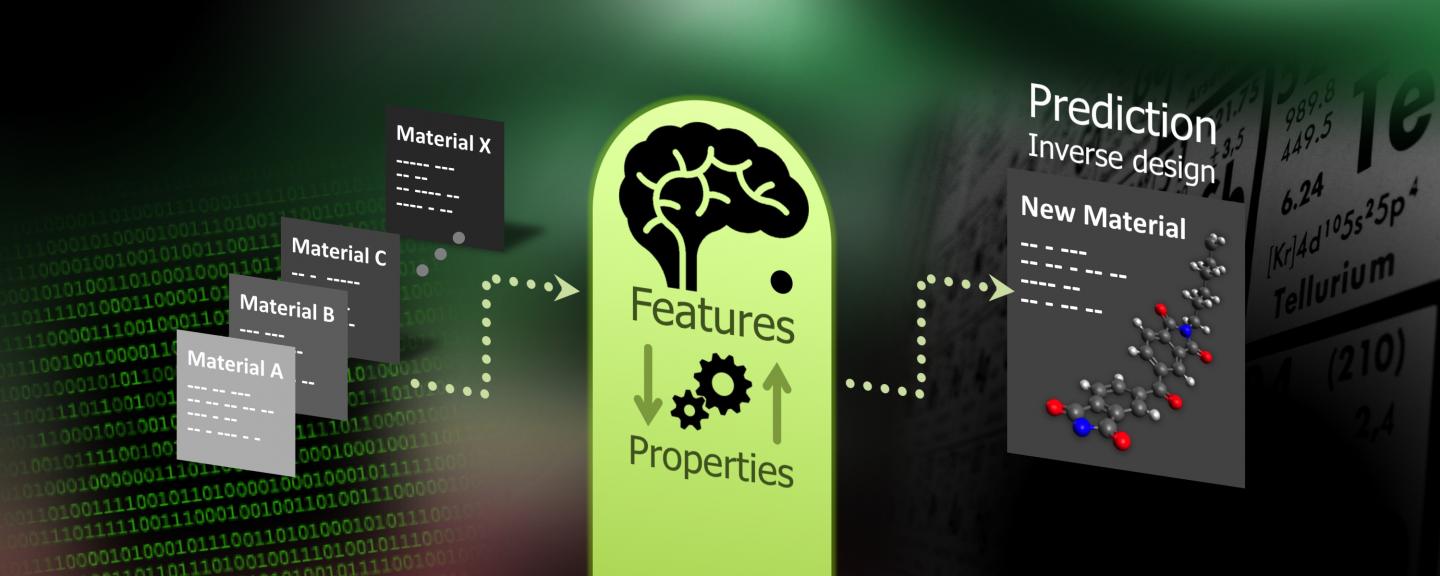
Replacing inefficient experimentation, UConn researchers have used machine learning to systematically scan millions of theoretical compounds for qualities that would make better materials for solar cells, fibers, and computer chips.
Continue reading “Using machine learning to rationally design future electronics materials” »
Mar 16, 2016
There’s No Cloning in Quantum Mechanics, So the Star Trek Transporter Really Is a Suicide Box
Posted by Karen Hurst in categories: health, particle physics, quantum physics
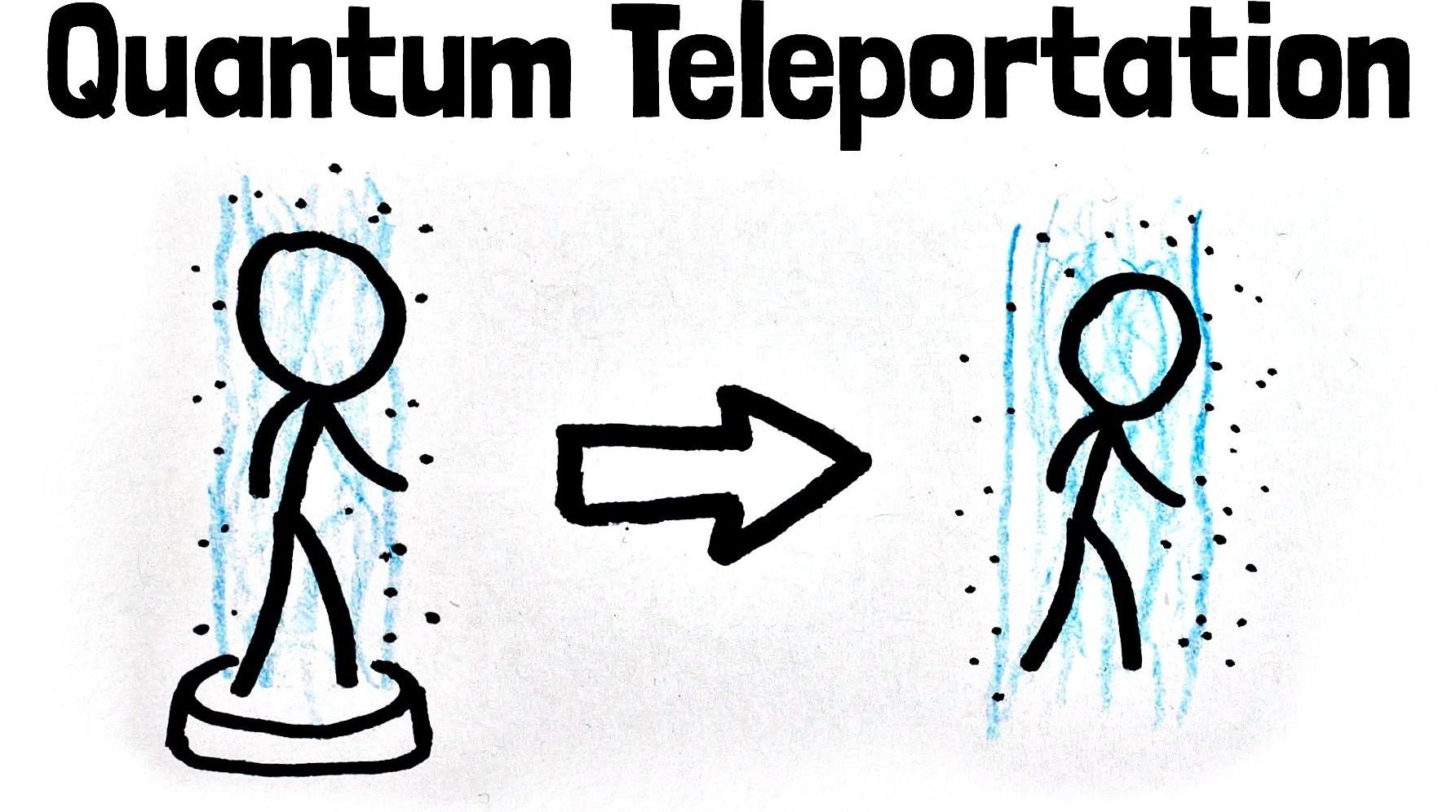
Yesterday, a report came from a tech company in Asia that they are proposing to do Quantum teleporting on humans. So, we have that camp; today we have the other camp with this article stating to do so means death. Personally, I have my doubts around humans or animals of any sort being able to teleport like Star Trek; great concept. However, to do so means breaking down your make up into particles and hopefully without killing you, the particles transport and reassemble themselves and everything remains healthy and functioning. Wish the test subjects all the best.
Remember last week’s video about the trouble with Star Trek’s transporter (a.k.a. a “suicide box”) by CGP Grey, delving into whether the teleported version of yourself would really be, well, you? Henry Reich of Minute Physics has posted a video response with his own resolution to the logical paradox.
Mar 15, 2016
Exponential protection of zero modes in Majorana islands
Posted by Karen Hurst in categories: computing, particle physics, quantum physics
Pseudo-Particles for Error-Free Quantum Computing meet the team and their write up who made it happen through
S. M. Albrecht,
A. P. Higginbotham,
Continue reading “Exponential protection of zero modes in Majorana islands” »
Mar 15, 2016
Watch a single sheet of atoms fold up for the first time
Posted by Shailesh Prasad in category: particle physics
Mar 14, 2016
Quantum Computers And Their Applications [INFOGRAPHIC]
Posted by Karen Hurst in categories: computing, particle physics, quantum physics, robotics/AI
Interesting position that IBM is taking with Quantum Computing. The one challenge that was highlighted in this article around unstable particles actually has been in the process of being resolved by Charles Marcus and colleagues at the University of Copenhagen’s Niels Bohr Institute; Univ. of Copenhagan’s report came out a few weeks ago and it may be a good thing for IBM to connect with the University so they can see how this was resolved.
Also, I don’t believe that we have 3 uniquely different platforms of Quantum as this article highlights. Trying to state that a D-Wave Quantum Computer is not a full Quantum platform or less of a Quantum Platform to is not a fair statement; and I encourage others to pull back from that perspective at this point until Quantum Computing is more evolved and standards around the platform is well defined and approved by industry. Also, the Gartner graph in this article is not one that I embraced given the work on Quantum is showing us the we’re less than 10 yrs away for it in the mainstream instead of Gartners graph showing us Quantum will require more than 10 years to hit the mainstream. And, I saw some of missed marks on Bio-sensors and BMI technology taking more than 10 years on the Gartner graph which is also incorrect since we hearing this week announcements of the new bio-chips which enables bio-sensors and BMIs are making some major steps forward with various devices and implants.
The 3 Types Of Quantum Computers And Their Applications by Jeff Desjardins, Visual Capitalist
Continue reading “Quantum Computers And Their Applications [INFOGRAPHIC]” »
Mar 14, 2016
The ‘great smoky dragon’ of quantum physics
Posted by Karen Hurst in categories: nanotechnology, particle physics, quantum physics
Abstract: Since the 17th century, science was intrigued by the nature of light. Isaac Newton was certain that it consists of a stream of particles. His contemporary Christiaan Huygens, however, argued that light is a wave. Modern quantum physics says that both were right. Light can be observed both as particles and as waves — depending which characteristic is measured in an experiment, it presents itself more as one or the other. This so-called wave-particle dualism is one of the foundational principles of quantum physics. This questions our common sense: can one and the same indeed be of two contradictory natures at the same time?
